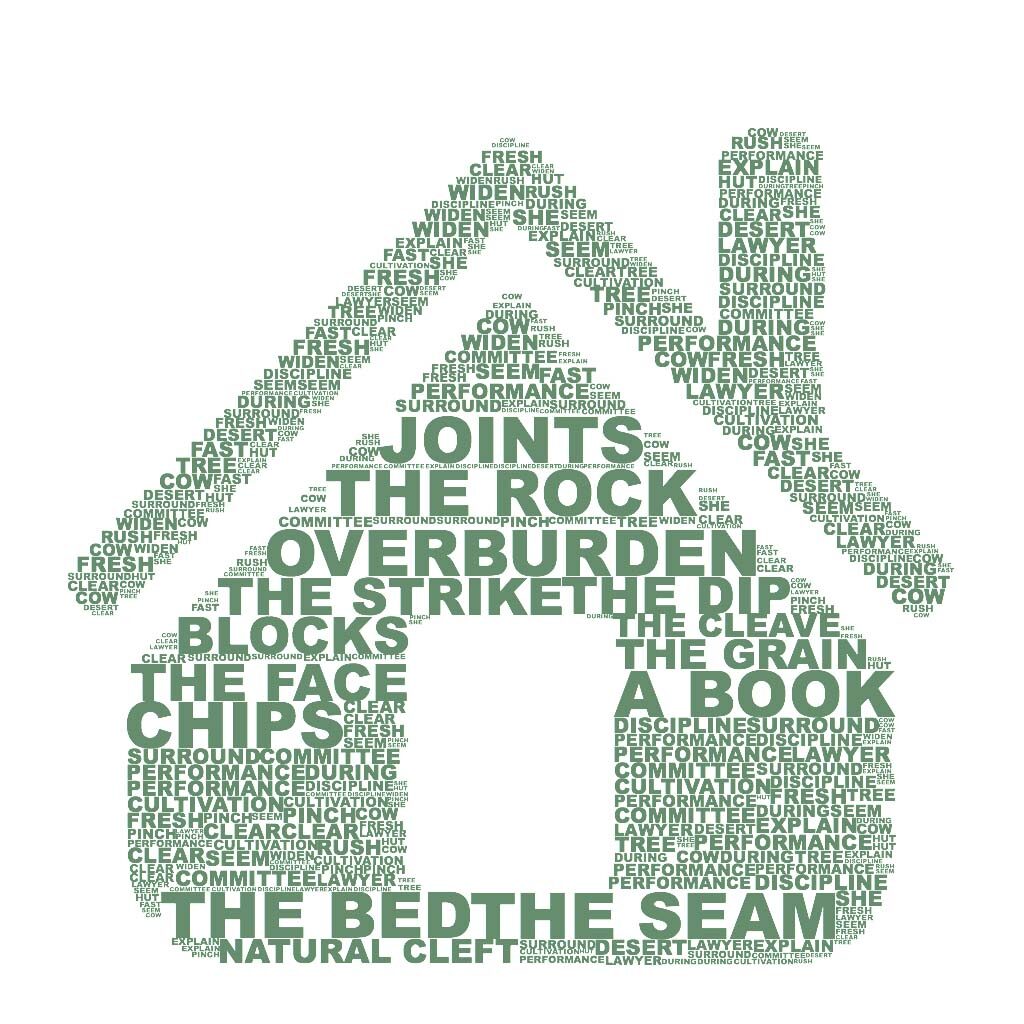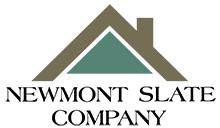The Language of Slate
There is an old Welsh saying that translates as follows: “Only the Welsh can quarry slate because the rocks don’t speak English.” This is quite the anthropological linguistic riddle and I won’t even attempt to unravel it, but it does put me in mind of how few people understand the language of slate. Not, I must add, the language of geology–that’s another kettle of fish—but the language of slate, from the quarrier, who may as well be speaking Welsh, to the roofer, most of whom seem to suffer from Tourette’s Syndrome. The following is a brief explanation of the most common slate terms.
Overburden: unusable material burying the slate seam.
The Rock (also, The Stone): Slate.
The Bed: The original horizontal deposits of the material that metamorphoses into slate.
Joints: Breaks in the slate formation, often consisting of a seam of different material.
The Seam: The continuous run of the slate mass.
The Strike: The direction of the seam, described by points of the compass.
The Dip: The angle of the seam to the horizontal.
Blocks: The rectangular blocks cut from the quarried stone.
The Cleave: The plane on which the slate is split (perpendicular to the main plane of compression).
The Grain: A plane perpendicular to the cleave in which the slate may also be split, though with much greater difficulty- a process called sculping.
The Face: The exposed surface of the cleave.
A Book: The slate split from the same block.
Chips: Books of slate that have not been trimmed.
Natural cleft: The natural face (without honing).

